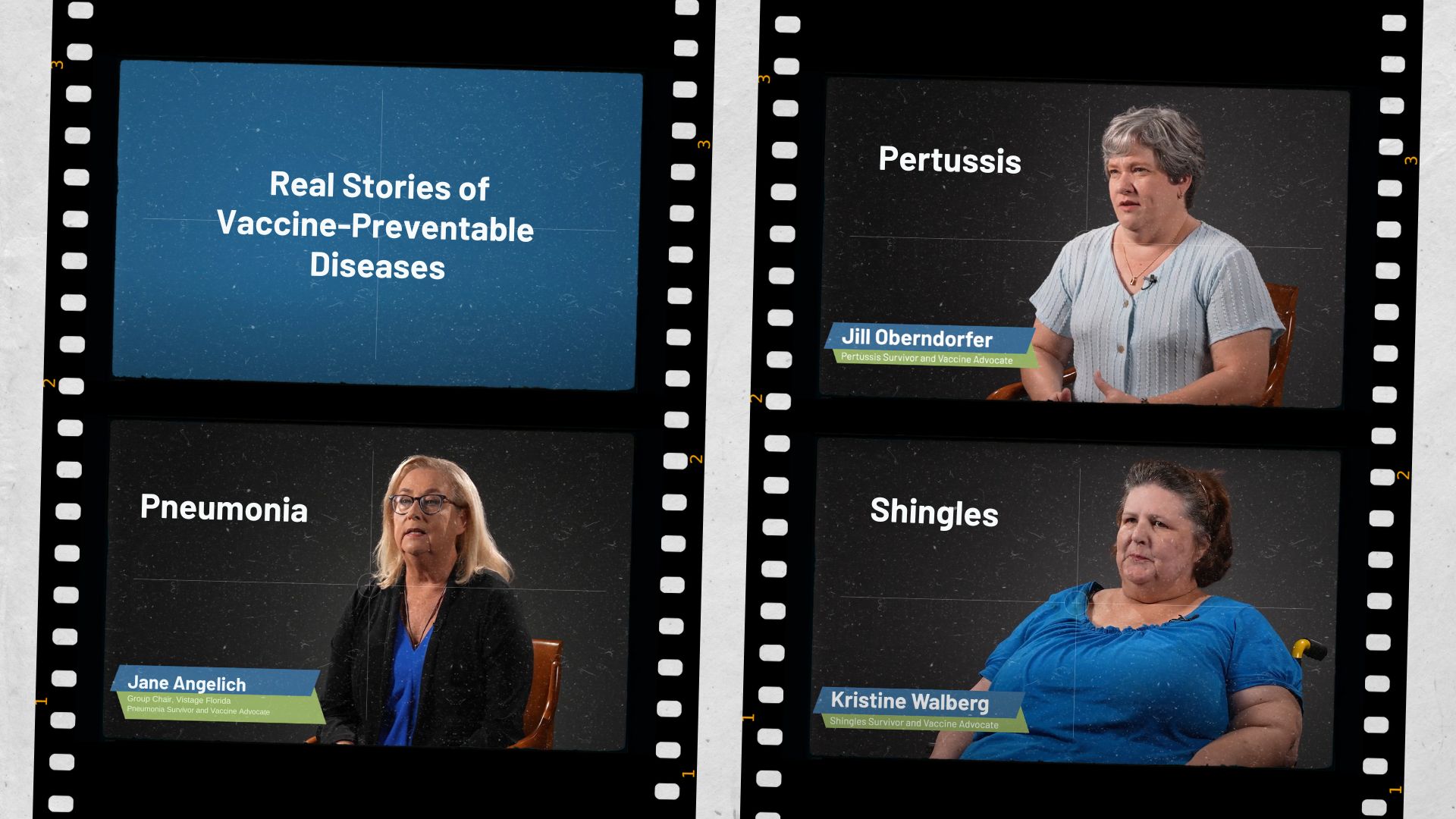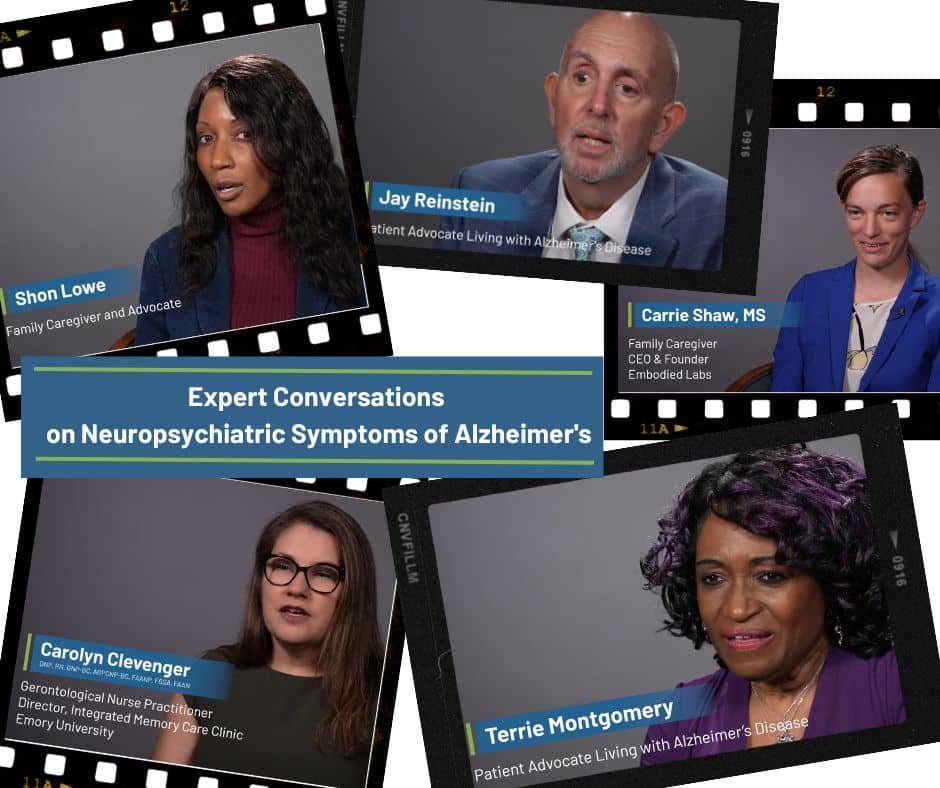
Our Vice President of Public Policy Cynthia Bens was recently asked the following question by the organization PhRMA for its Conversations page:
As Americans live longer, how can we tackle aging as a major risk factor for chronic disease?
Below is Cynthia’s response. Our thanks to PhRMA for giving Cynthia the opportunity to answer this question. This is reprinted with permission from PhRMA.
One of the great achievements of the last 100 years has been the significant increase in the lifespan of Americans. By 2050 it is estimated that 20 percent of the total U.S. population will be over the age of 65. While this is something to celebrate, there is also a downside. With the expected growth of the aging population, we expect to see a significant rise in many chronic diseases where age is a major risk factor.
The effects of age-related chronic disease are immense both to the person experiencing them and society. Diseases like Alzheimer’s disease, frailty, diabetes, cardiovascular disease and stroke contribute to a decrease in quality of life, a precipitous increase in health care expenses and growing burdens on caregivers. Faced with these challenges, we need to find interventions for these chronic diseases so people not only enjoy longer lifespans, but longer healthspans as well.
The answer many leading scientists point to is to better understand how our bodies age. Research has uncovered common links between the way our bodies age and why we develop diseases. It is becoming evident that by slowing the aging process itself, we can postpone or even eliminate many costly chronic diseases. To do this, we must provide more funding for aging research in the public and private sectors.
The Pharmaceutical Researchers and Manufacturers of America reported this week that there are 435 medicines in development for diseases affecting older Americans, but of the $30 billion Congress allocates to the National Institutes of Health (NIH), less than 1 percent is spent on aging research. The National Institute on Aging, the NIH’s lead institute for aging research, receives about $1.1 billion annually. This figure, while impressive, does not do enough to adequately fund research targeting the process of aging and how it underpins chronic disease. The Alliance for Aging Research, through its Healthspan Campaign and Friends of the NIA Coalition, has called on Congress to substantially increase funding for aging research across the NIH.
If we are able to increase the length of healthy aging, the impact would be tremendous. A recent article in Health Affairs noted that if healthy life expectancy could be extended by 2.2 years, it would result in an added economic value of $7.1 trillion to the economy over the next 50 years. That would be for just a modest boost, imagine the benefits if healthspan could be increased over one or two decades!






